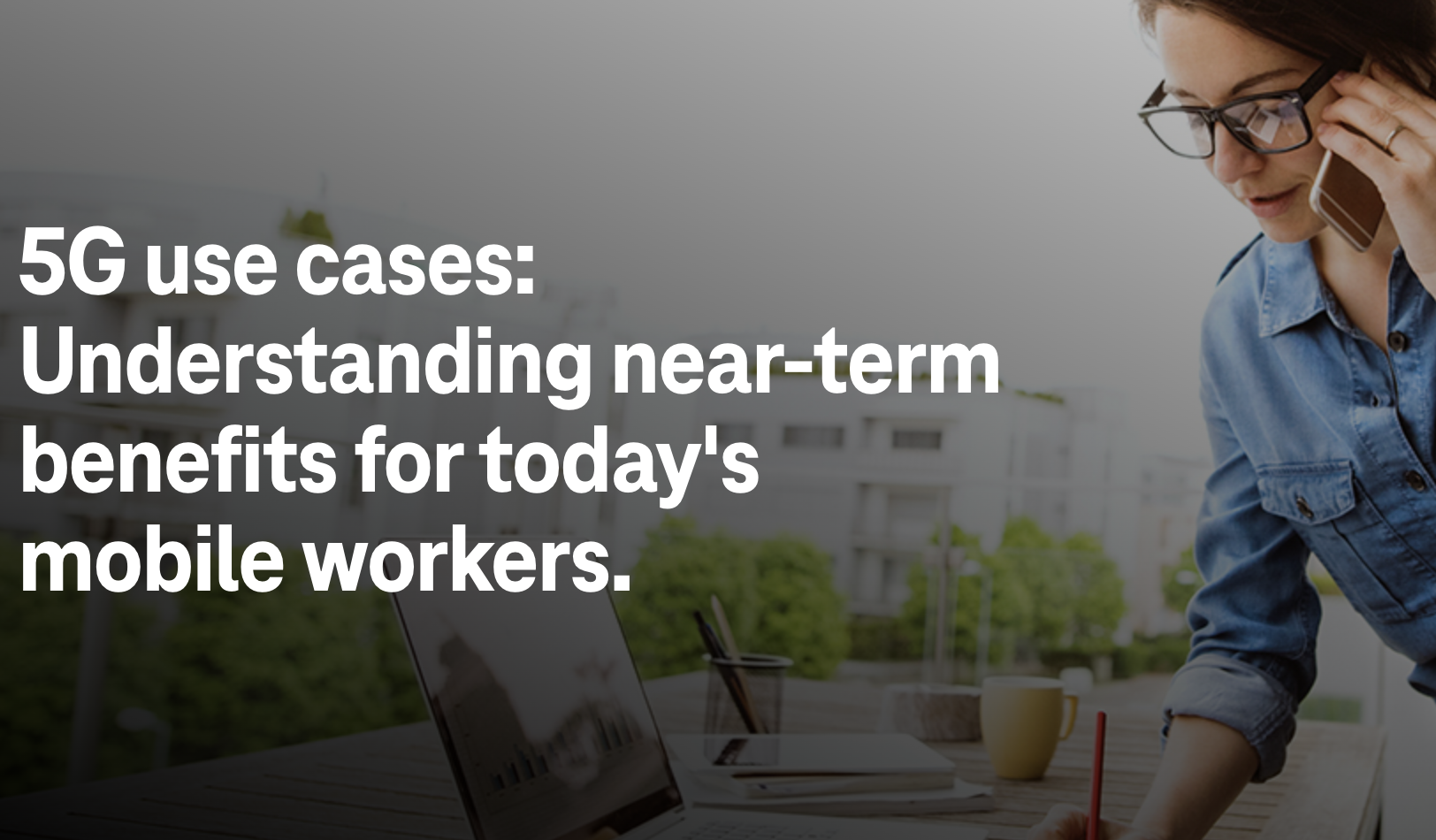
This world is one where more and more employees find themselves regularly working in a formal home office, at a kitchen table, or even sitting on a child’s bed while supervising remote learning. For some workers, their jobs have always existed outside the boundaries of a traditional enterprise connection. Regardless of the physical location of where the job responsibilities are performed, access to corporate tools and advancing functionality are table stakes for employee productivity.
That’s where 5G enters. The next generation cellular technology stands poised to reshape what we think about connectivity performance and what we do with it, through immense leaps in bandwidth, latency and connection density performance. Despite headwinds from the COVID-19 pandemic, 2020 saw the low-band variant of 5G scale to a semblance of nationwide coverage from all three major U.S. carriers. Yet, with most WFH employees and mobile workers having access to wired broadband or pervasive cellular service, 5G is simply another connection type, right? Hardly. 5G is just at the start of an evolutionary journey that will enable futuristic, “why-didn’t-I-think- of-that?” use cases. While the journey will take time, there are a number of 5G use cases leveraging multi-band spectrum for the breadth and depth needed to make a near-term impact on job performance and productivity out of the gate.
